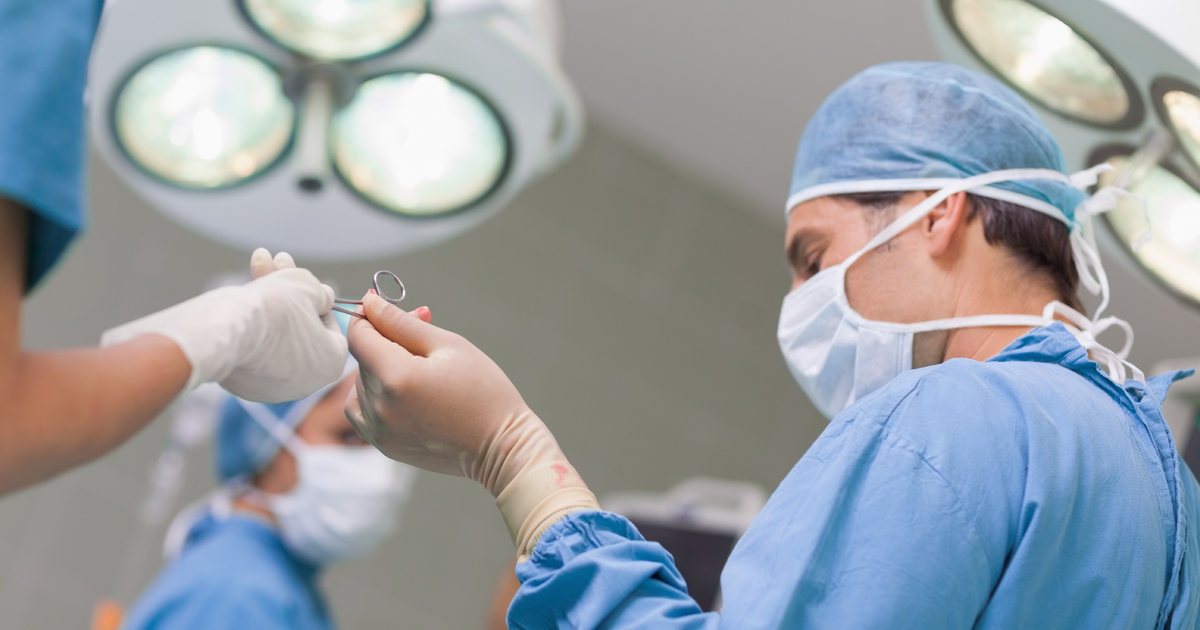How To Get Rid Of Hiccups
Device Implantation For Electrical Stimulation
If medication and anesthetic injections have not alleviated a patient's hiccups, device implantation for electrical stimulation might be considered. These devices were originally developed to treat epilepsy, though they have shown promise in the resolution of persistent hiccups. Performed under either general or local anesthesia, the procedure involves implanting a battery-powered device that delivers mild electric stimulation (shocks) to the vagus nerve. Surgeons place the device in the chest wall, and thin wires attached to the device are threaded around the vagus nerve, located in the neck. Two incisions are needed for the procedure, one in the chest and the other in the neck. During the operation, the surgeon will program the device, setting the amount of stimulation and the schedule for stimulation. The device runs all the time, and surgeons may choose to program it to turn off for set periods. Patients are given a magnetic device that can activate the stimulator at home, and they can choose to activate it whenever they are experiencing an episode of hiccups. The battery in the electrical stimulation implant can last up to fifteen years.
Learn more about managing hiccups now.
Hold Breath

Patients who experience occasional hiccups may be advised to use breath holds. Holding the breath is a home remedy that stops hiccups for some individuals. Patients who wish to try this tip should hold their breath for around ten seconds. After breathing out, they should then repeat the breath holds up to four times in a row. This exercise can be repeated every twenty minutes. In conjunction with breath holding, some individuals find it helpful to breathe in and out while covering their nose and mouth with a paper bag. Plastic bags should never be used for this, and the patient should not place the bag over their head. To increase the effectiveness of breath holds, it can be useful to try these in a seated position. Patients can do the above breath holding exercise while leaning forward to slightly compress the chest, and they may also wish to attempt breath holds while sitting and hugging their knees as close as possible to the chest. Applying slight pressure to the diaphragm could be beneficial too.
Get more details on how to get rid of hiccups now.
